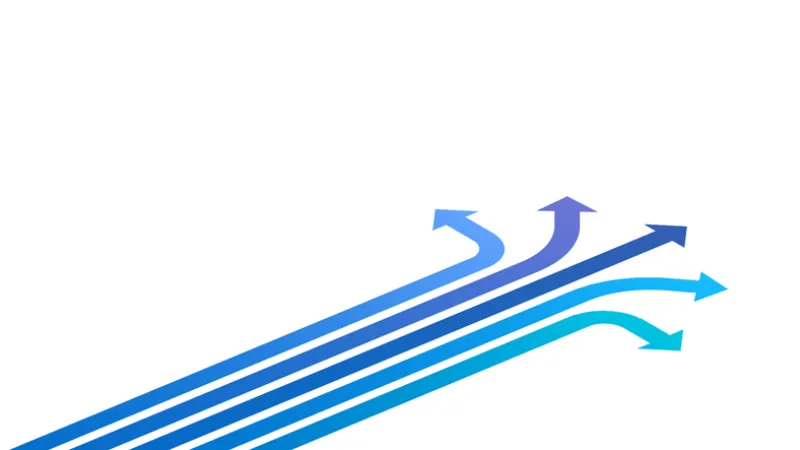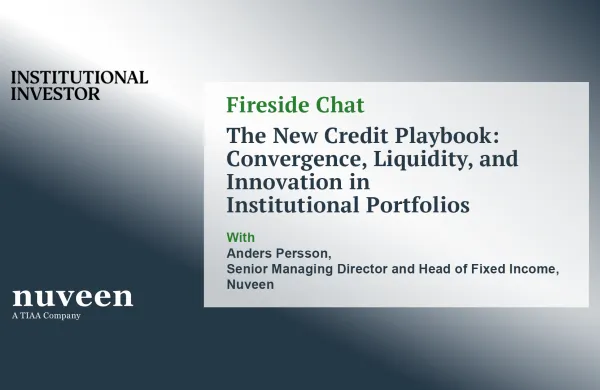CTAs generated mixed results in June — relatively good news for the strategy.
In recent months, most of these funds, also called managed futures, have posted losses.
The upshot is that at the year’s halfway point, the dispersion of results is wider than perhaps any other strategy, with several funds in the black and many others down by double digit percentages. Some of the losses in previous months have been as high as 30 to 40 percent.
Of course, 2025 has so far been one of the most volatile years, with many markets experiencing sudden shifts in directions often in response to President Trump’s tariff-related policies and pronouncements.
His mercurial policies have especially played havoc on CTAs, most of which deploy computer-driven trend following strategies riding a particular market over the short, medium, or long-term.
Even so, there have been a few big winners this year.
For example, the QMS Diversified Global Fund was up more than 1 percent in June and was up 16.9 percent for the first half of the year. The long-short program trades in highly liquid global futures and forwards, including equity indices, sovereign rates/bonds, commodities, and currencies.
The Discus Composite Fund, a shorter-term CTA was up 2.67 percent for the month and 3.28 percent for the year.
Several funds moved into the black in June.
For example, Quantedge Global Fund gained 2 percent in June and was up 23 basis points for the year.
Other funds made money last month but remained solidly in the red.
For example, the Tulip Trend Fund gained 2.9 percent in June. But it remains down 34.2 percent for the year.
“While positions in above-all European monetary trends brought losses in the interest rate cluster, the strategy profited from monetary trends in the currency markets,” stated its June monthly letter. In the equity markets, gains from long positions outweighed losses from shorts, it added.
Commodities made the largest contribution to Tulip’s overall results “despite significant losses in the energy markets,” according to the report. “Various positions in industrial metals and agricultural markets generated gains, with synthetic market combinations playing a significant role,” it added.
Transtrend Enhanced Risk was up 1.91 percent last month but was still down 17.51 percent for the year.
Other funds in June extended their large losses for the year.
For example, the Aspect Diversified Fund lost 59 basis points, bringing its loss for the year to 15.45 percent.
Welton Global Fund dropped 3.81 percent for the month and ended the half down 16.57 percent while Welton Trend Fund was down 1.40 percent and 9.93 percent, respectively.
The DUNN World Monetary & Agriculture Program (WMA) declined by 2.57 percent in June and was down 14.58 percent for the first half. WMA Institutional — the half-leveraged version of the WMA strategy — fell 1.24 percent in June and 7.17 percent for the year, according to an email communication with investors, seen by II.
“Performance was comprised of moderate to small losses in energies, fixed income, and metals that outweighed moderate to small gains made in agriculturals, stocks, currencies, and volatility,” it noted.
The worst performer continued to be Mulvaney Global Market Fund, which dropped another 2.36 percent for the month and is now down 45.47 percent for the year.







